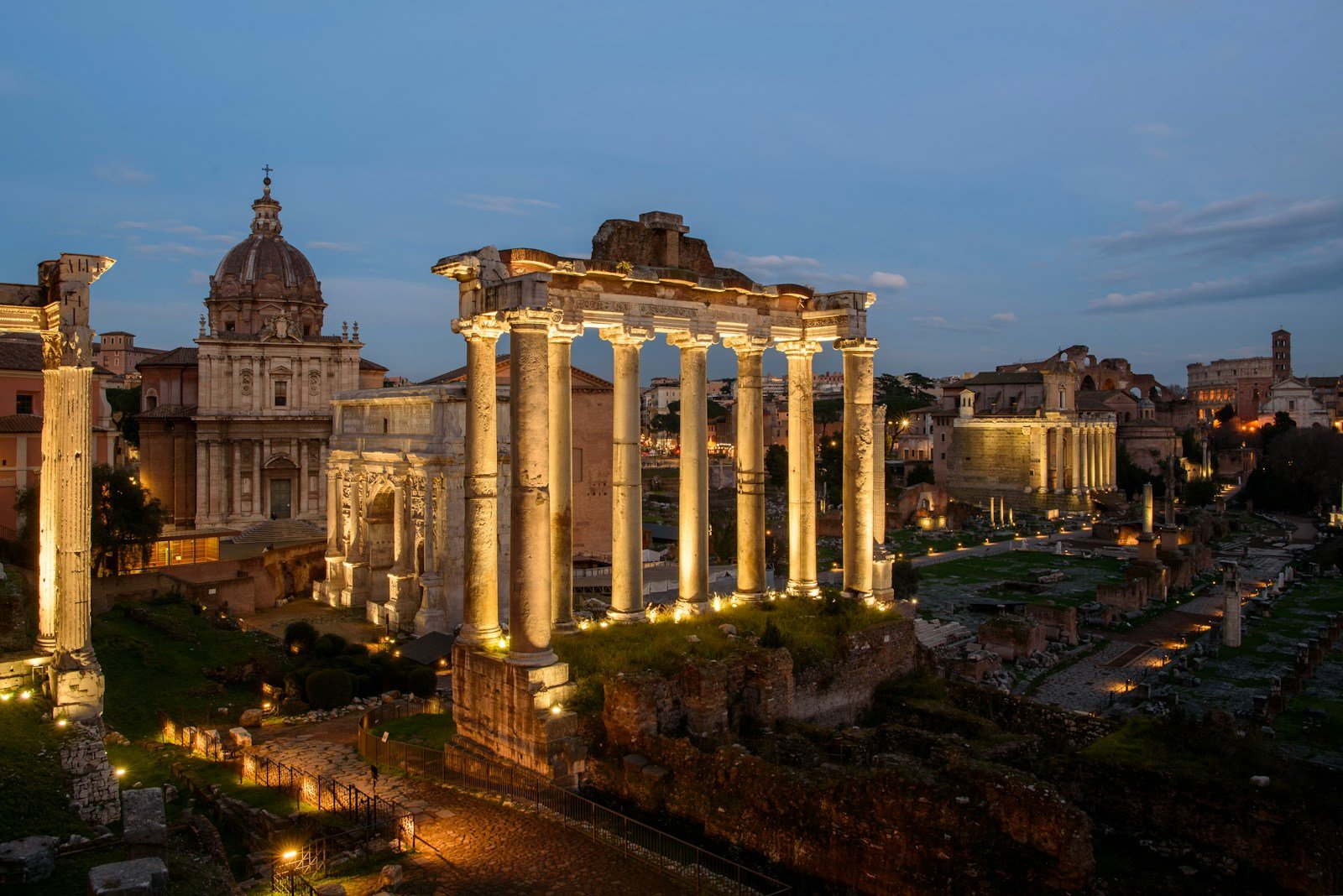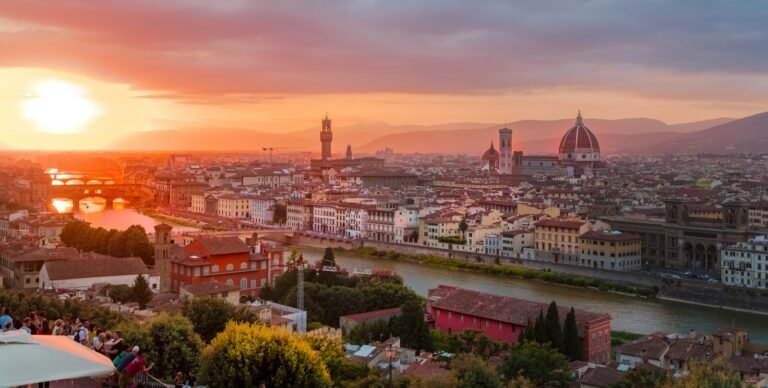Roman Forum Tours, Ancient Ruins, History & Hidden Treasures
Discover the best Roman Forum tours. Book expert-guided experiences through ancient ruins, hidden temples, and iconic landmarks with Viator’s Roman Forum Tours & Tickets.
Introduction
Step back over two millennia into the very center of Roman life. The Roman Forum (Foro Romano) is a mesmerizing labyrinth of ruins, once the political, commercial, and religious heart of Ancient Rome. From the speeches of Julius Caesar to the crowning of emperors, this historic valley echoes the legacy of one of the world’s greatest civilizations. A guided tour brings every stone, column, and archway vividly to life.
Recommended Experiences
Destination Breakdown
- Key Highlights: Arch of Titus, Temple of Saturn, Basilica of Maxentius, Temple of Vesta, Curia Julia (ancient Senate House).
- Culture & History: The cradle of Roman democracy, law, and public oratory; birthplace of the Roman Empire’s institutions.
- Where to Eat Nearby: Enjoy traditional Roman cuisine at Roscioli, La Taverna dei Fori Imperiali, or Aromaticus in Monti.
- Nature & Open Spaces: Wander among the ruins flanked by cypress trees and wildflowers; relax near the Orti Farnesiani gardens on Palatine Hill.
- Viewpoints: Overlook the Forum from Palatine Hill terraces or Michelangelo’s Piazza del Campidoglio on Capitoline Hill.
- Nightlife Nearby: Explore the chic bars and wine cellars of the Monti district, just a short walk from the Forum.
- Best Time to Visit: Early morning or late afternoon to avoid crowds and enjoy soft golden light on the ruins.
- Nearby Destinations: Colosseum, Palatine Hill, Capitoline Museums.
Best Time to Visit the Roman Forum
- Morning (8:30–10:30 AM): Fewer tourists, cooler temperatures, great photo lighting.
- Late Afternoon (after 4:00 PM): Soft golden light on ruins, quieter atmosphere.
- Seasonal Tip: Visit during spring (April–June) or fall (September–October) for the most pleasant weather and vibrant gardens.
Top Things to Do at the Roman Forum
1. Take a Guided Walking Tour
Discover hidden stories behind every column and triumphal arch. A knowledgeable guide brings the ruins to life with tales of ambition, betrayal, and glory.
Book a Roman Forum Guided Tour
2. Explore the Senate House (Curia Julia)
Step inside the remarkably preserved Senate House where Rome’s most powerful debates once shaped an empire.
3. Admire the Arch of Titus
Marvel at the reliefs depicting Emperor Titus’s triumphs — a classic example of Roman imperial propaganda.
4. Visit the Temple of Vesta
See the ruins of the temple where the Vestal Virgins kept the sacred fire burning for the safety of Rome.
5. Combine Tours with the Colosseum and Palatine Hill
Maximize your experience with combo tours that include fast-track access to the Colosseum and panoramic Palatine Hill.
Book a Roman Forum, Colosseum, and Palatine Hill Tour
Culture & History
The Roman Forum was the epicenter of Ancient Rome’s political and social life, where triumphal processions, elections, public speeches, and criminal trials all took place. Developed over centuries, it mirrors the rise and fall of the Roman Empire. Legendary figures like Julius Caesar, Augustus, Cicero, and Constantine all left their marks here. Excavations continue to reveal fascinating layers of Rome’s long and dynamic history.
Nature & Open Spaces Nearby
- Orti Farnesiani Gardens (Palatine Hill): Beautiful Renaissance-era gardens amid ancient ruins.
- Piazza Venezia Greenery: Small gardens near the Victor Emmanuel II Monument.
- Scattered Cypress and Olive Trees: Providing shade and a romantic backdrop around the Forum itself.
Viewpoints & Photo Spots
- Palatine Hill Overlook: Sweeping views of the Roman Forum, especially stunning at sunset.
- Piazza del Campidoglio (Capitoline Hill): Designed by Michelangelo, with breathtaking angles down onto the Forum.
- Arch of Septimius Severus: Frame dramatic shots under this imposing arch with the ruins sprawling behind.
Where to Eat Nearby
- Roscioli: Famous Roman pastas like carbonara and amatriciana in a lively trattoria.
- La Taverna dei Fori Imperiali: Authentic dishes just steps from the ruins.
- Aromaticus (Monti District): A fresh, modern spot known for healthy Mediterranean plates.
Transportation Tips
- Metro: Take Line B to “Colosseo” station; the Forum entrance is just across the street.
- Walking: Easy walking distance from the Colosseum, Palatine Hill, and Piazza Venezia.
- Tickets: Combo ticket includes entry to the Forum, Colosseum, and Palatine Hill.
- Tip: Pre-book skip-the-line tickets to save time, especially in high season.
Reserve Skip-the-Line Tickets Here
1. The House of the Vestal Virgins
An overlooked courtyard with ancient statues of the priestesses who protected Rome’s sacred flame.
2. Temple of Antoninus and Faustina
Later converted into a Christian church, this temple features massive columns and a unique fusion of Roman and medieval architecture.
3. The Rostra
The ancient speaker’s platform where political leaders addressed the Roman populace — you can still see remnants of the bronze ship prows that adorned it.
Custom Experiences and Safety Tips
- VIP Early Access Tours: Enter the Roman Forum before the public for serene, crowd-free exploration.
- Private Archeologist Tours: Dive deep into Ancient Rome’s secrets with a private, expert-led walk.
- Safety Tips: Wear comfortable walking shoes; paths are uneven and rocky. Bring water, sunscreen, and a hat — there’s little shade inside the Forum.
Nearby Destinations
- Colosseum: Step inside the world’s most iconic arena of gladiators.
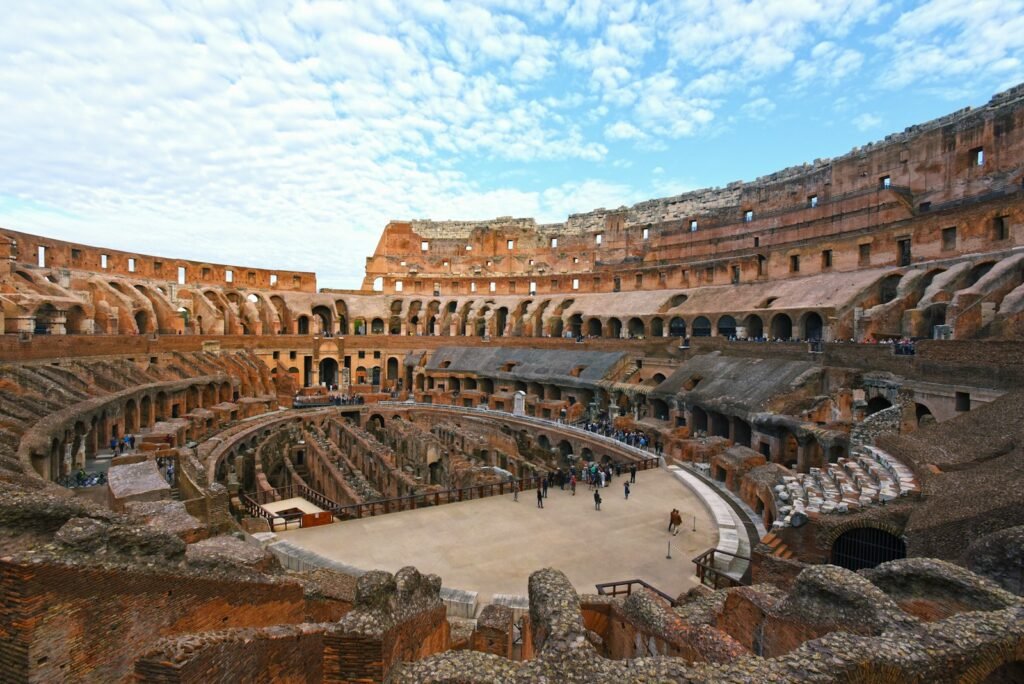
- Palatine Hill: Discover Rome’s imperial palaces and scenic gardens.
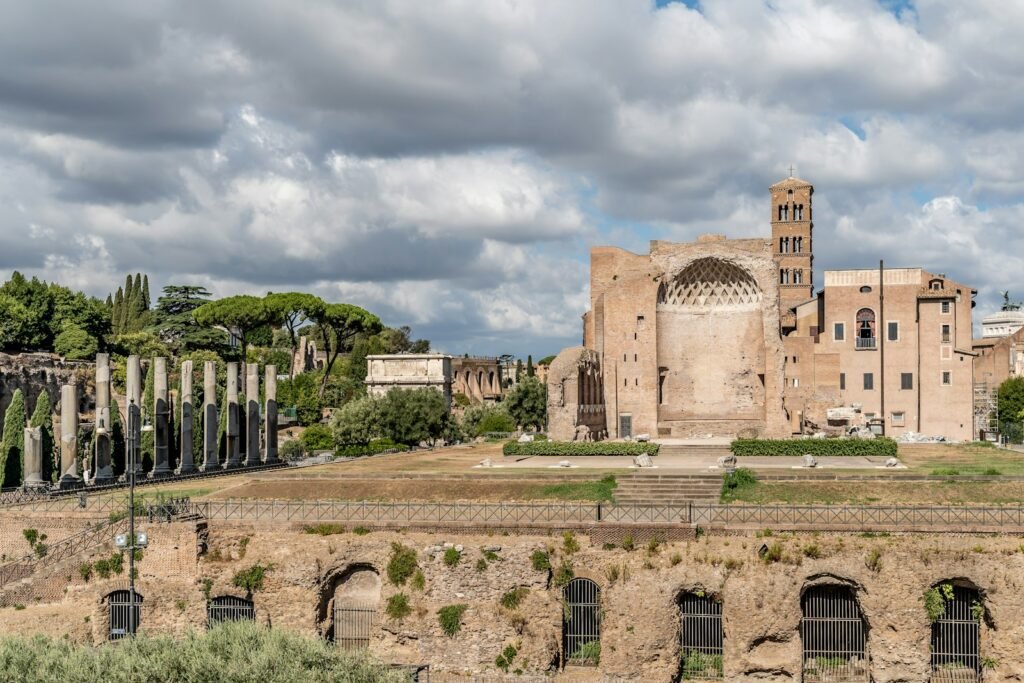
- Sistine Chapel: Home to Michelangelo’s legendary frescoes, this sacred masterpiece is one of the world’s most celebrated artistic achievements.
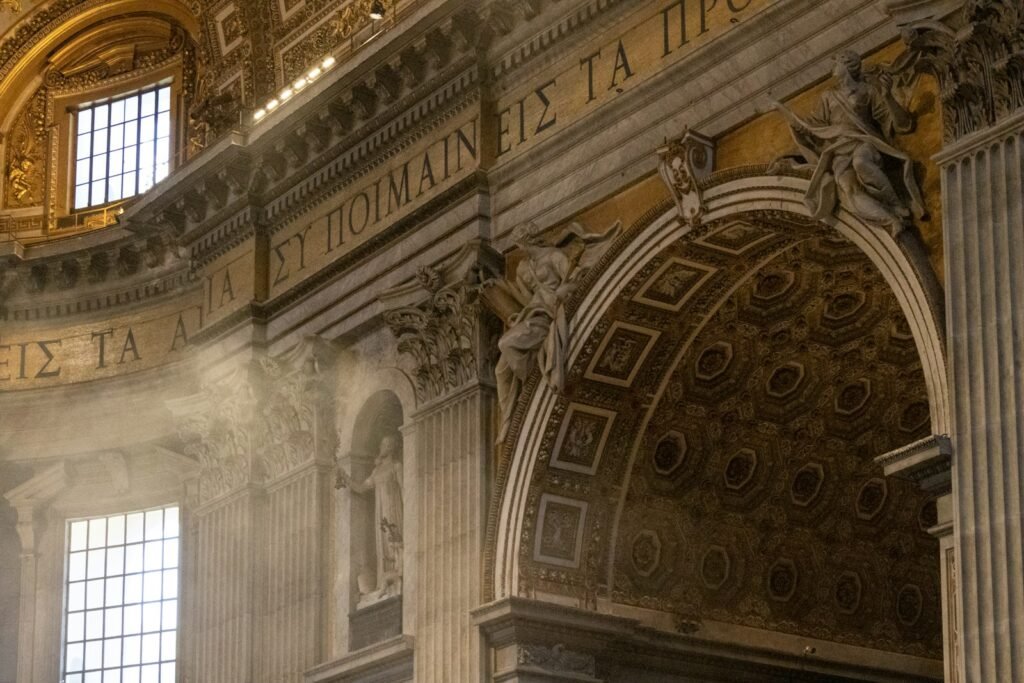
Ready to step into the ancient heart of Rome? Book your Roman Forum tours and guided experiences today and relive the grandeur of an empire!

